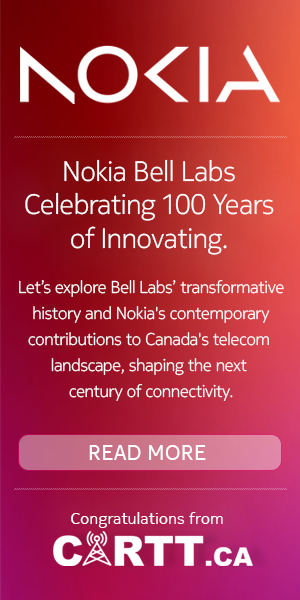OTTAWA – There were a lot of numbers for the roomful of lawyers to digest Thursday morning, but the reality of those figures represent just how rapidly and jarringly life is changing for the clients of the Canadian entertainment, media and communications bar.
The 16th biennial New Developments in Communications Law and Policy conference kicked off Thursday morning at the Ottawa Convention Centre with a panel discussion and dissection of just what Canadian consumers are doing online and how those activities are affecting the networks their content is riding on.
For example, said Kaan Yigit, president of Solutions Research Group, while Canadians are still watching 27 hours of television per week, they are now augmenting that with content with other video or applications being viewed simultaneously on other devices. Of course, our days aren’t getting longer, so that means people are doing more than one thing at a time, with their smartphones, tablets or laptops on the couch with them.
(Yigit also noted that for advertisers, that means measurement will be less about time just spent with video, to be replaced with “what video content am I engaging with.” For example, a Facebook “like” or a tweet about a show is more valuable than a traditional ratings point showing people were near a video screen for a while.)
Back in 2008, 37% of Canadian smartphone users streamed video to their handsets but that number has now ballooned to 57% – and the pressure on the networks (wired and wireless) has climbed exponentially as smartphone adoption races ever higher and as more tablets enter Canadian homes, according to SRG research.
Yigit noted that about 15% of Canadian homes have a tablet now (1.8 million), an adoption rate that has been dramatically faster than laptops, which hit 15% penetration back in 2003. Plus, with 25% of smartphone owners saying they will upgrade in the next six months and 25% of non-smartphone owners saying they will switch to one this year, added to the growing number of smart TVs in the market, by the end of 2012 the number of internet-connected screens in Canada will outnumber “regular” TV sets, Yigit said.
Since people are watching IP-delivered video on all of these screens, how will networks handle all of this data? We’re approaching the zettabyte (that’s a trillion GB) and after that, the yottabyte age (one quadrillion GB), added Cisco Systems’ senior director of Americas region government affairs Jeffrey Campbell.
Cisco predicts that by 2015 global IP traffic will be at an annual run rate of near a zettabyte, which is roughly eight times the amount of all IP traffic generated in 2008. In Canada, Cisco predicts a tripling of IP traffic from 2010 to 2015 to 2.2 exabytes (1 EB = a trillion GB ). Mobile traffic will see an 83% growth from 2011 to 2016, rising to 220 petabytes (1 PB = a million GB).
What does that mean we need (in Canada as well as the rest of the world)? More spectrum. Of course, adding more fibre, more optics in the fibre network are how it can be made to happen on the wired side – which will face serious pressure backhauling so much of the mobile web. But what about the wireless side? “The one thing we can’t change is the laws of physics with mobile spectrum,” said Campbell.
We are going to need more spectrum and will have to use what we have as efficiently as possible. However, while linear broadcast television may still be the most efficient way to deliver video to a large amount of people, consumer demand looks to be forcing something else. “Consumers want to consume this data in a different fashion than (broadcast) and that is what is going to drive the market,” he added.
Campbell pointed to the incentive spectrum auctions about to be launched in the United States where TV broadcasters may voluntarily sell their spectrum at auction to wireless companies. “There are innovative ways to grease the wheels to allocate spectrum where there is increased demand,” he said.



